To celebrate scientists and scientific advancements, we have collected a list of the most famous soil scientists that will inspire us for the greater good.
Soil science is an area of study that has been around for thousands of years. It’s seen a lot of changes over time. Many important discoveries have been made in recent decades—especially as we learn more about how human activity affects soil quality.
As you’ll see, there’s a lot of overlap in the contributions of all of these scientists. But each one also brought something unique and important to the field.
For credibility, we picked only the most notable and influential soil scientists. Here are 10 of them and what they did to change the way we think about soil science.
Table of Contents
Famous Soil Scientists
#18. Percy Edgar Brown (1885-1937): The Author of Soils of Iowa
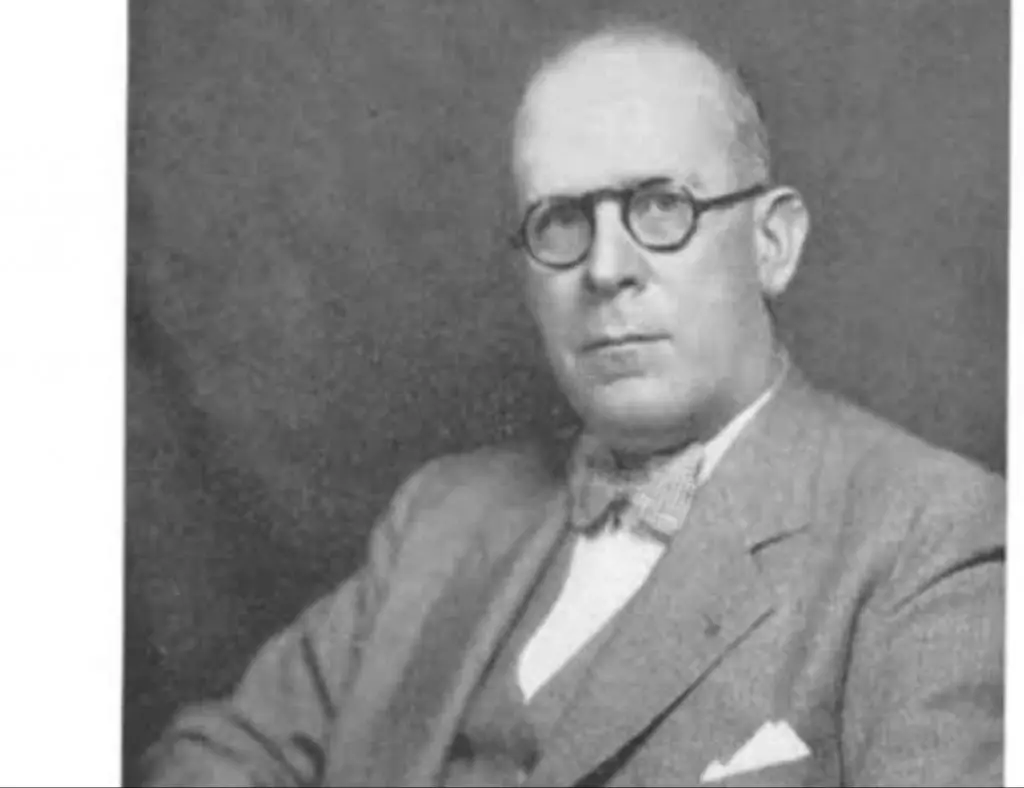
What makes Percy Edgar Brown famous?
Percy Edgar Brown was an American soil scientist who helped develop the first version of the ” Landform Regions of Iowa.”
After attending Rutgers University, he moved to Iowa to teach soil bacteriology at Iowa State University. He went on to do fieldwork throughout the state and became known as one of the top experts on Iowa’s soils.
Brown mainly focused on soil classification systems. He used soil texture, color, structure, and other properties. In 1936, he published “Soils of Iowa.” This was a guide for anyone who wanted to learn about Iowa’s soil resources.
Inside the book was a classic soil map, ” Landform Regions of Iowa”. This has been in the study of the soil in this state.
[Source: Wikipedia]
#17. Friedrich Albert Fallou (1794-1877): The Pioneer of Modern Pedology
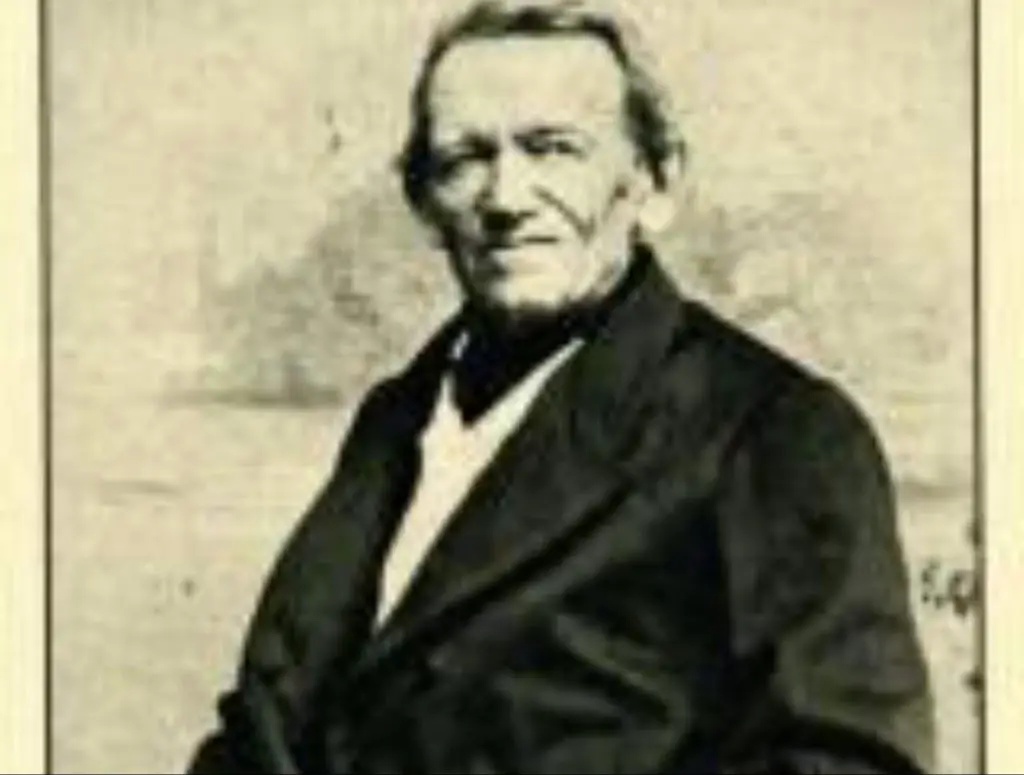
What makes Friedrich Albert Fallou famous?
Friedrich Albert Fallou was a German lawyer who had an interest in soil science. He proposed that soil science was a different field from geology.
Fallou is best known as the pioneer of pedology, the study of soil formation and evolution.
His research led him to conclude that all of the earth’s soil was formed by weathering, erosion, and deposition over long periods of time. This laid the foundation for modern pedology, which studies soil formation processes.
His work marked a turning point. Previously, most people thought that soil was the same globally. After Fallou published his book, people started recognizing that each region has its own unique set of minerals and other materials in its soil.
[Source: Academic Influence]
#16. Mary C. Baltz (1923-2011): The First Woman To Officially Join The Soil Conservation Service
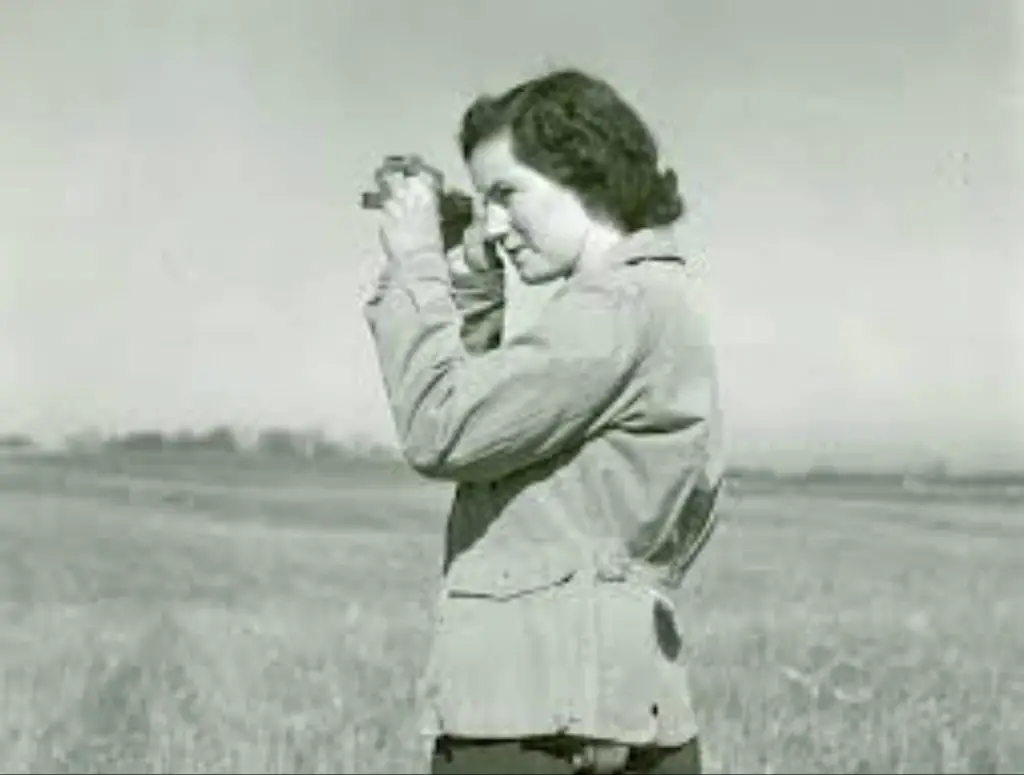
What makes Mary C. Baltz famous?
Mary C. Baltz was an American soil scientist best known as one of the country’s first women to study soil science.
She is notable for being the Soil Conservation Service’s first female soil scientist. This was founded in 1933. The service’s main goal was to provide practical information on conservation issues so farmers could improve their land.
Mary Baltz was also at the forefront of mapping soil in Madison and New York.
[Source: Wikipedia]
Similar Articles:
- 30+ Famous Life Scientists That You Should Know
- 16 Famous Korean Scientists That You Should Know
- 16 Famous Shark Scientists That You Should Know
#15. Francis D. Hole (1913-2002): The Poet Laureate of Soil Science
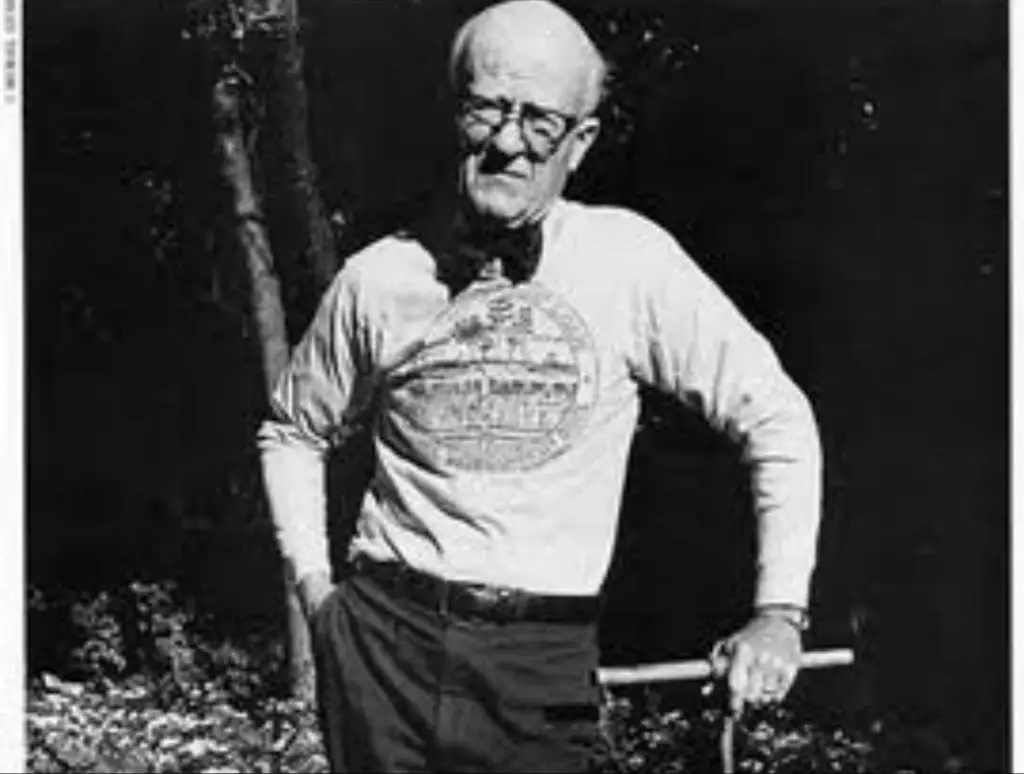
What makes Francis D. Hole famous?
Francis D. Hole was an American soil scientist who was best known for his work in Wisconsin. He mapped the soil in the region. His work led to a compilation of soil types in Wisconsin.
Hole was an important member of the soil science community. He used music and lectures to promote soil science. He performed concerts featuring his own compositions about soil science. This helped to spread awareness about the topic at a time when many people were not aware.
[Source: University of Wisconsin, Madison]
#14. Eugene W. Hilgard (1833-1916): The Father of Modern Soil Science in the US
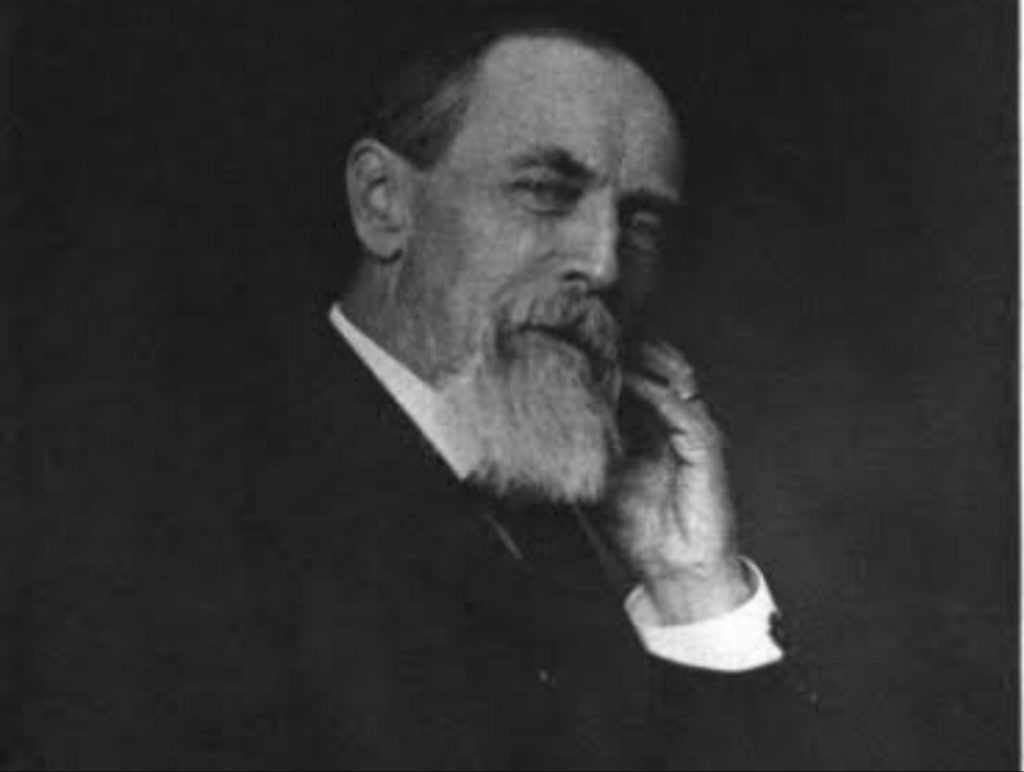
What makes Eugene W. Hilgard famous?
Eugene W. Hilgard was a German-born soil scientist with extensive pedological knowledge. He is best known for his contributions to soil science.
Hilgard focused his research on the role climatic factors play in soil formation. This research was groundbreaking and continues to influence the field of soil science today.
Hilgard also looked at the chemicals in the soil and concluded that parent rock affects how soil form. He also discovered that different types of rocks could produce different minerals when they break down in the soil.
As an expert on restoring soil, Hilgard spread the idea that good farming practices could improve the land. He believed that studying soil and its characteristics was essential to this process. As a result, he became one of the pioneers in soil science research.
[Source: Wikipedia]
#13. Vera Baltz (1866-1943): A Pioneering Russian Soil Scientist
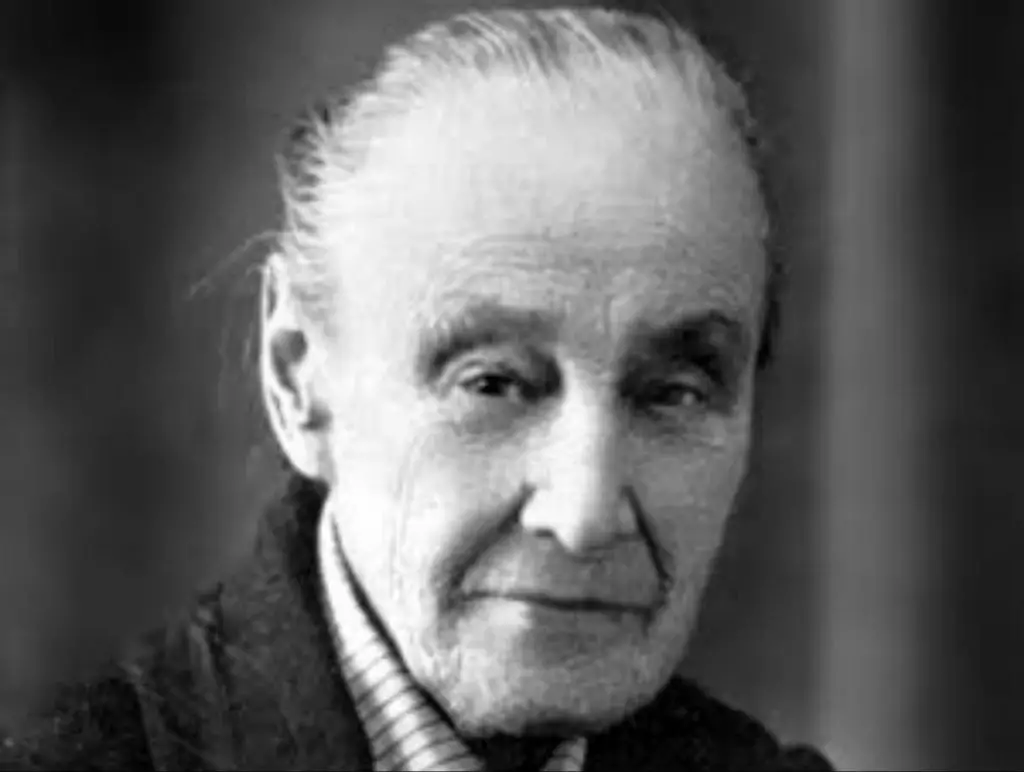
What makes Vera Baltz famous?
Vera Baltz was a Russian soil scientist and geologist. She is best known as one of Russia’s earliest female soil scientists.
Baltz contributed to soil sciences and engineering geology. She worked under constant fear of the Soviet Union.
The Union arrested her in 1930 for being an anti-governmental agitator. This didn’t deter her work. It spurred it on. After she was released from prison in In In 1933, she continued to study the soil throughout the country until her death in 1943.
[Source: Wikipedia]
Similar Articles:
- 14 Famous Vietnamese Scientists That You Should Know
- 15 Famous Filipino Scientists That You Should Know
- 15 Famous Sleep Scientists That You Should Know
#12. Johanna Döbereiner (1924-2000): A Pioneering Soil Scientist
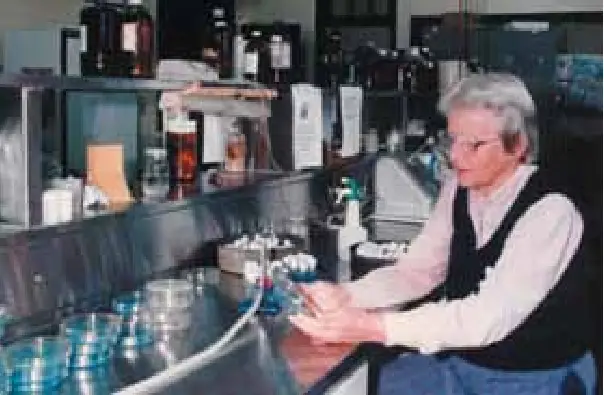
What makes Johanna Döbereiner famous?
Johanna Döbereiner was a Czechoslovakian-Brazilian soil scientist and agronomist best known for her contributions to the agricultural sector.
She is best known for using her knowledge to improve Brazil’s agriculture. Her work laid the basis for the use of environmentally friendly farming methods.
When she arrived in Brazil, she discovered that farmers were using too much fertilizer and not enough organic matter. This resulted in poor crop growth and high soil degradation rates.
To help solve these problems, she developed a system to manage the soil. She promoted the use of organic materials to increase crop yields while minimizing environmental damage.
[Source: Wikipedia]
#11. Thomas William Walker (1916-2010): One of New Zealand’s Pioneers in Soil Science
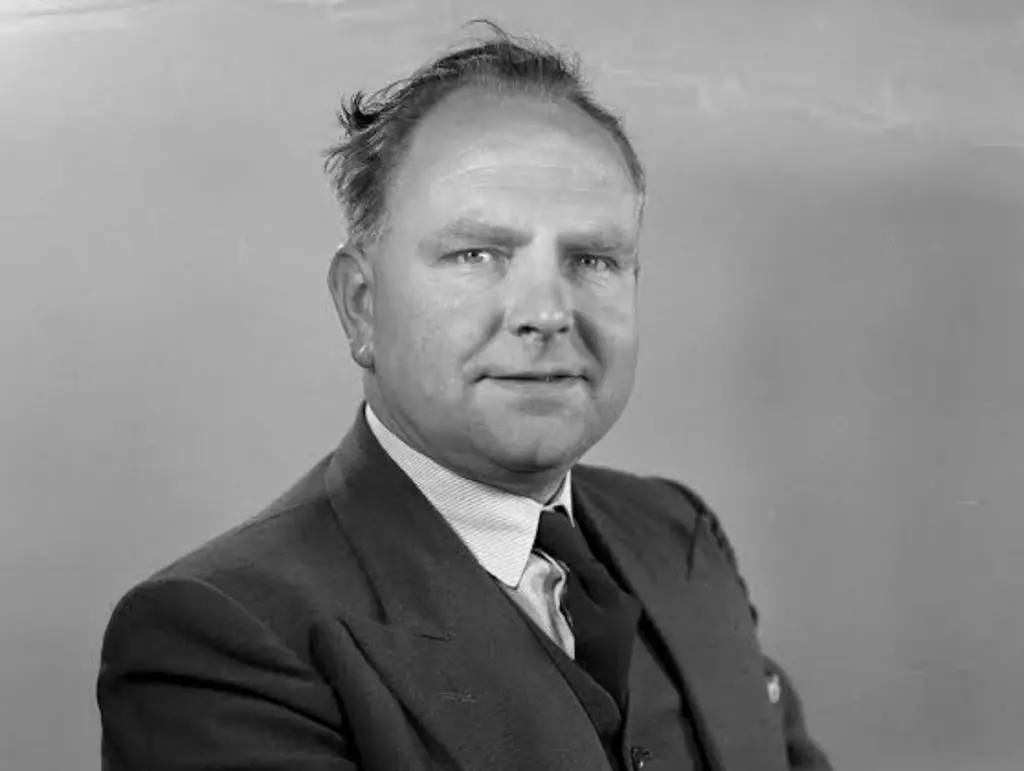
What makes Thomas William Walker famous?
Thomas William Walker was a Leicestershire-born soil scientist who moved to New Zealand. While there, he made his name as Canterbury Agricultural College’s professor of agriculture.
He was also one of the first people to study soil science in the real world. He also helped develop the art of testing soil.
As a passionate educator, Walker taught thousands of students at all levels over the course of his career. He was known for his ability to break down complex soil science topics into manageable chunks that students could easily understand.
[Source: Science Learning Hub]
#10. Sergei Winogradsky (1856-1953): A Pioneer in Soil Science
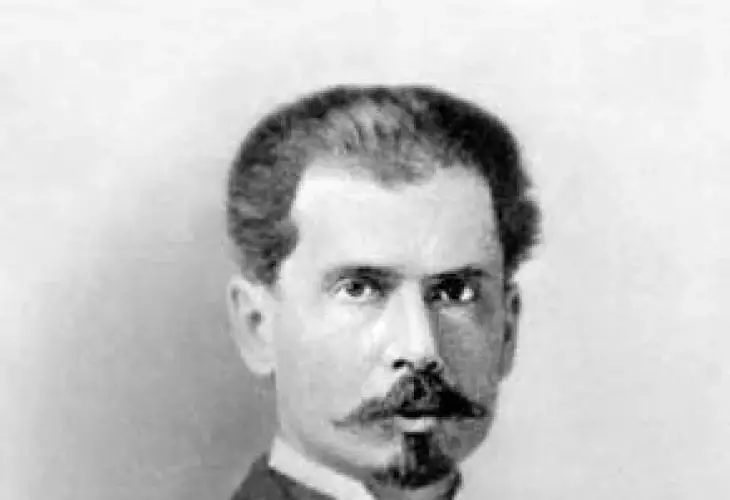
What makes Sergei Winogradsky famous?
Sergei Winogradsky was a soil scientist from Ukraine. He made important contributions to the fields of soil science, microbiology, and ecology. His work has been highly influential in all three of these areas.
Winogradsky’s most famous discovery is that nitrifying bacteria make organic compounds by oxidizing ammonia. This work explains how microorganisms in the soil make organic compounds. It also describes why the soil can be productive for plants.
Winogradsky’s research also led to a further understanding of how microbes affect air quality, including their role in producing carbon dioxide from CO2 gas.
[Source: Encyclopedia Britannica]
Similar Articles:
- 16 Famous Muslim Scientists That You Should Know
- 20+ Famous Buddhist Scientists That You Should Know
#9. George Nelson Coffey (1875-1967): A Pioneer in Soil Taxonomy
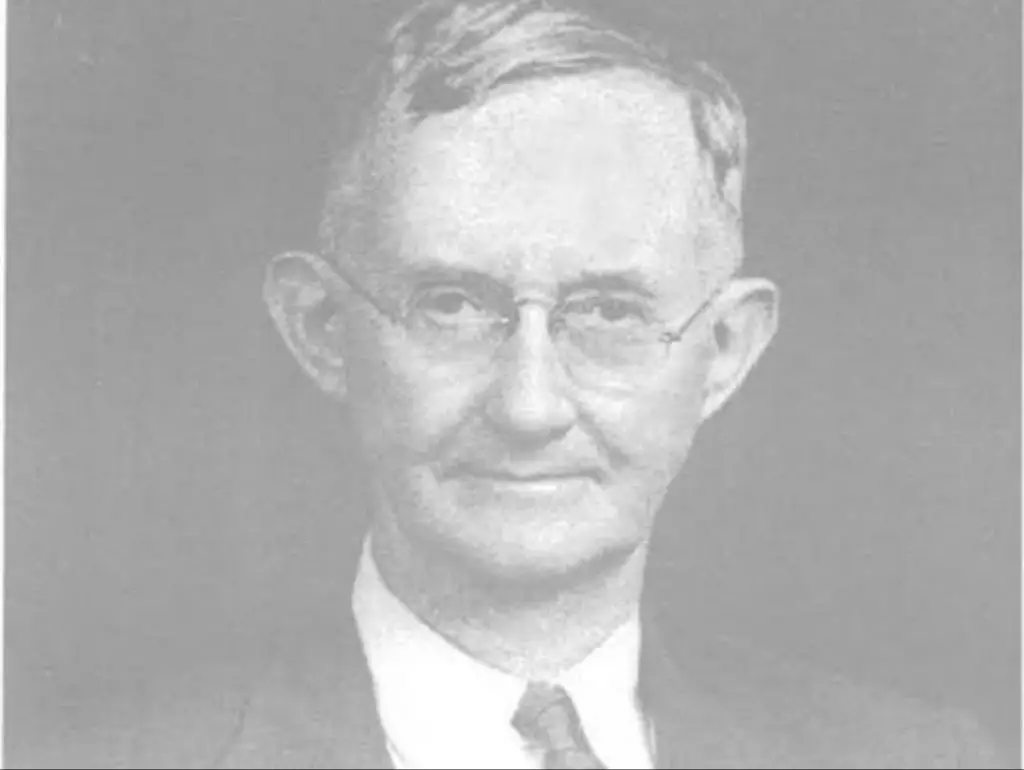
What makes George Nelson Coffey famous?
George Nelson Coffey was an American pedologist who made the first US soil map.
His early work focused on finding ways to classify the soil based on properties rather than geology, which had been the standard practice at the time. Coffey’s work revolutionized soil taxonomy. It laid out his ideas about classifying soil into categories.
[Source: Wikipedia]
#8. Franklin Hiram (1848-1911): A Pioneer in Organic Farming
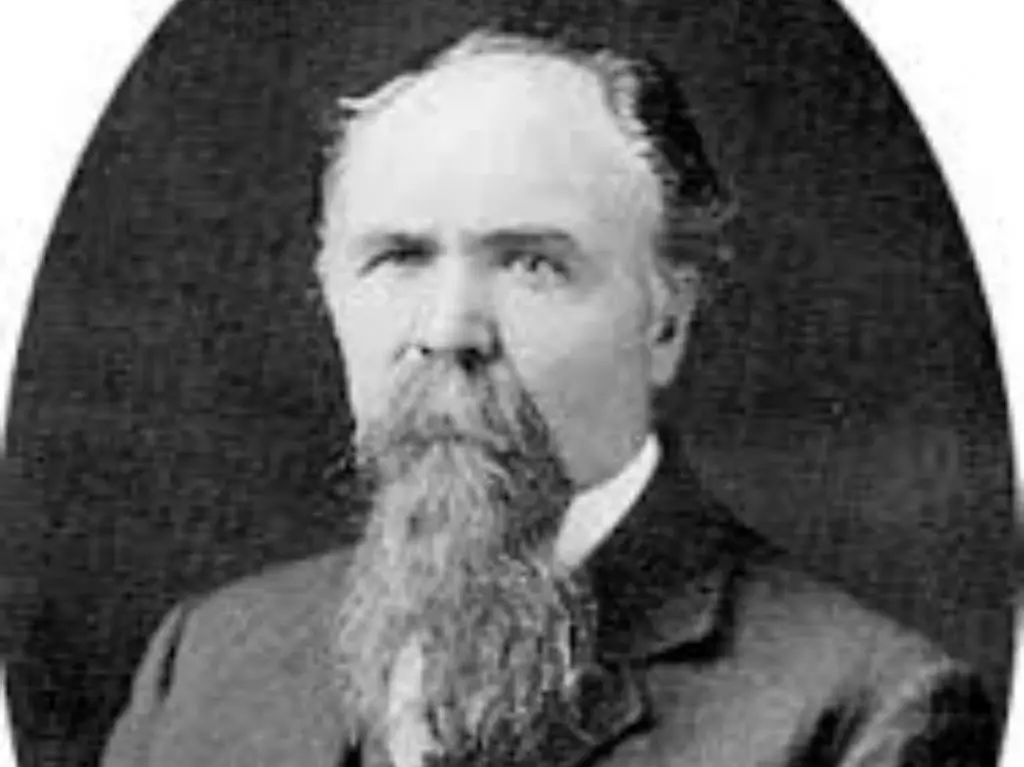
What makes Franklin Hiram famous?
Franklin Hiram was an American agricultural scientist who pioneered research in organic farming.
He made several important contributions to farming methods and practices. In particular, he was one of the first people to advocate the importance of using natural fertilizers rather than artificial fertilizers. This practice is now known as “organic farming.”
Hiram is also notable for his contributions to the field of agricultural physics. He studied the properties of the soil, including water holding, moisture, aeration, and fertility.
His work laid the groundwork for modern farming techniques, resulting in increased crop yields.
[Source: The University of Wisconsin, Madison]
#7. Curtis F. Marbut (1863-1935): A Pioneer in Soil Classification
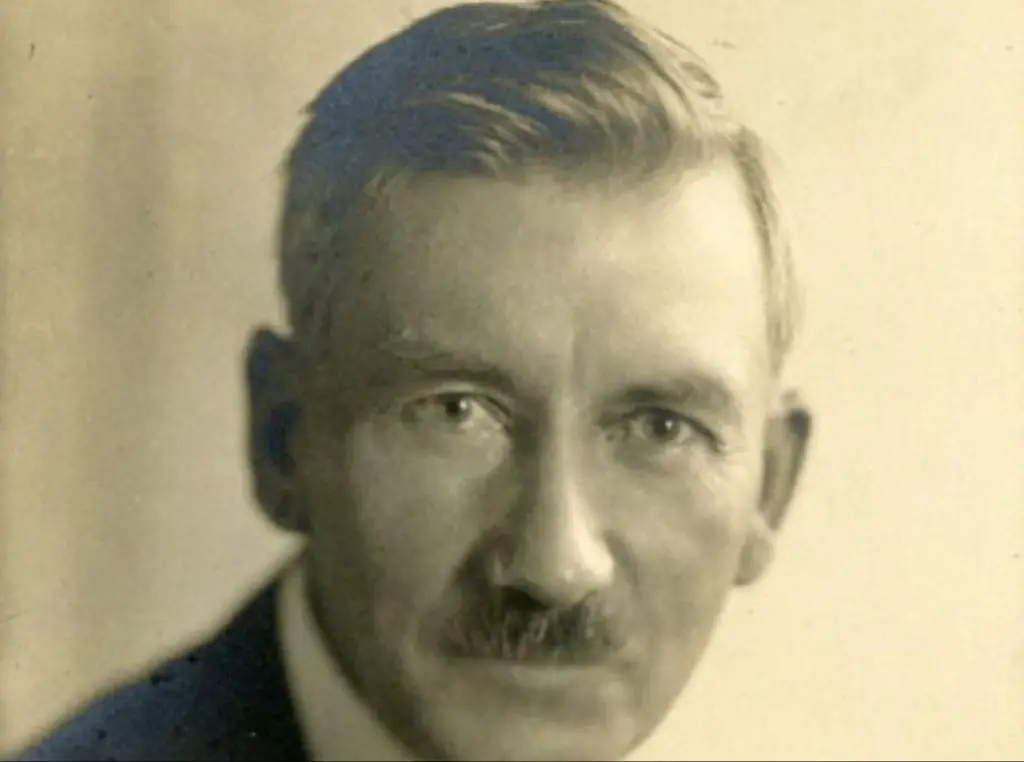
What makes Curtis F. Marbut famous?
Curtis F. Marbut was an American soil scientist who worked for the US Department of Agriculture from 1913 to 1935.
This Harvard-educated scientist spent most of his career working at the USDA (the US Department of Agriculture).
He developed one of the most influential soil classification systems: The Soil Taxonomy. This system helped farmers identify what kinds of crops would grow best on their land based on its composition and makeup.
For example: if you have sandy soil that drains well but isn’t very fertile, you might want to grow vegetables like carrots or lettuce—or maybe even cotton plants.
[Source: Encyclopedia Britannica]
Similar Articles:
- 20+ Famous Hispanic Scientists That You Should Know
- 20+ Famous Black Scientists That You Should Know
- 20+ Famous Female Scientists That You Should Know
#6. Olivier de Serres (1539-1619): One of the Earliest Crop Rotation Advocates
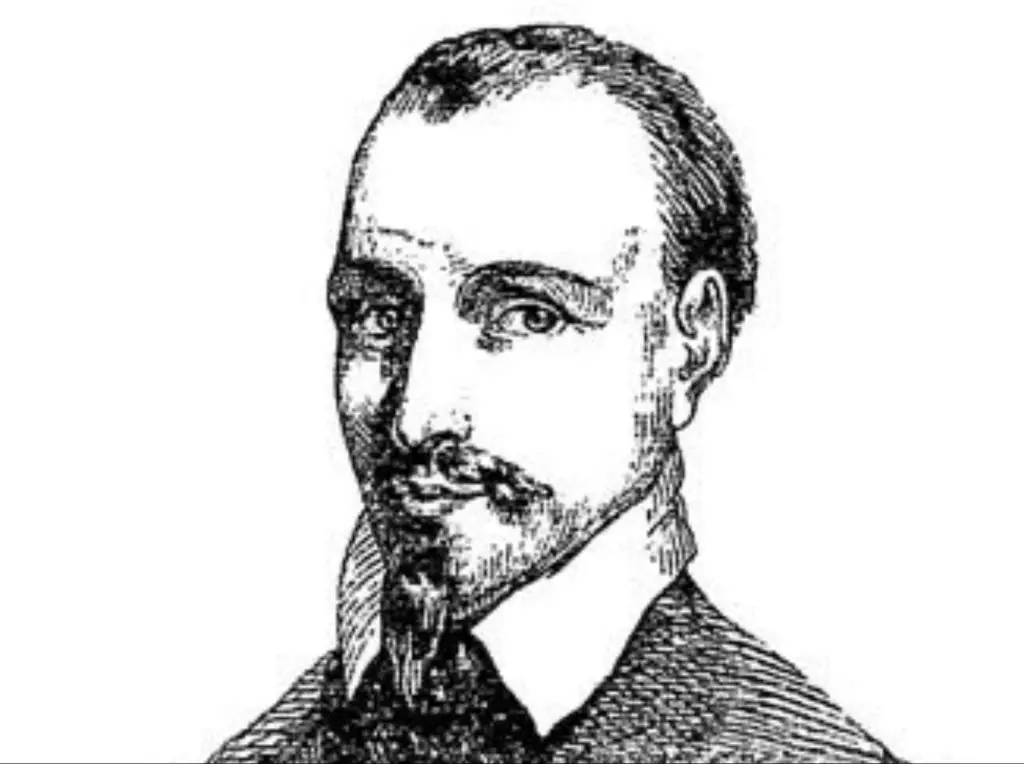
What makes Olivier de Serres famous?
Olivier de Serres was a French soil scientist and author who wrote the book Theatre d’Agriculture. This text became the official agriculture textbook in seventeenth-century France.
His books were popular during this time. They helped revolutionize farming practices all over Europe. After he published his book, Théâtre d’Agriculture, most people began using crop rotation instead of leaving their fields fallow yearly. This had been a common practice until then.
Serres’s work has been an inspiration to many scientists in their own studies. We now have improved farming practices thanks to people like Olivier de Serres.
[Source: Wikipedia]
#5. Konstantin Glinka (1867–1927): The Man Who Published the World’s First Soil Map
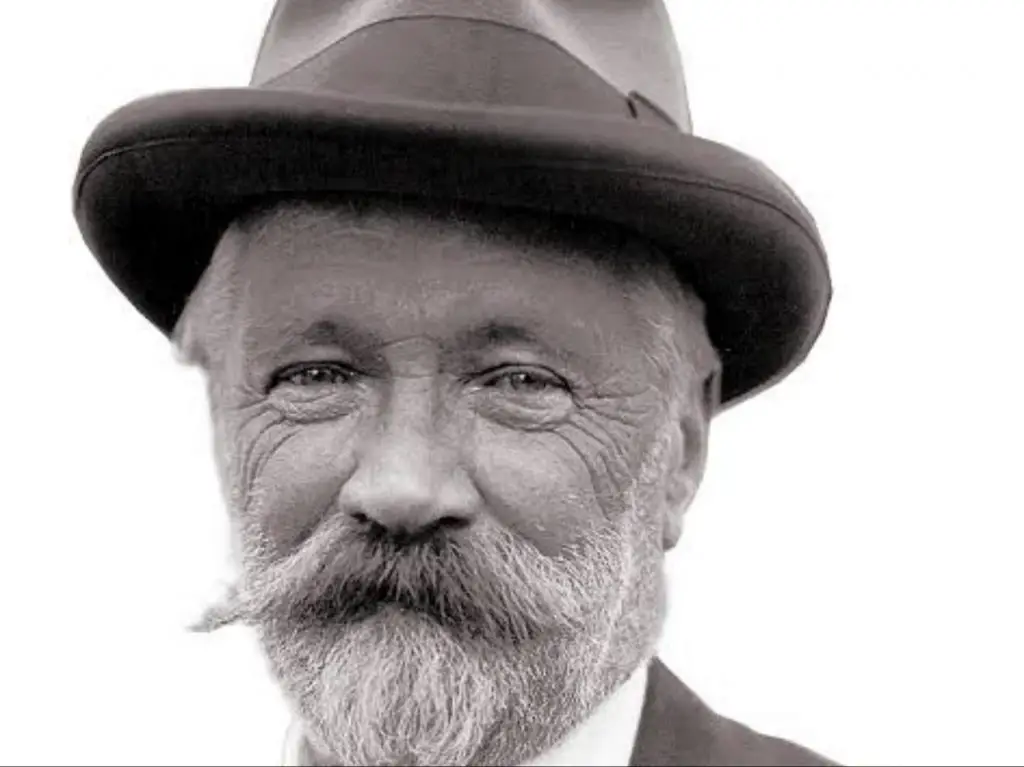
What makes Konstantin Glinka famous?
Konstantin Glinka was a Russian soil scientist whose work influenced soil science.
He served at the Dokuchaev Soil Science Institute as its first director. While there, he contributed to soil science and laid the foundation for modern soil science.
Glinka is most notable for making the first soil map of the world. This map showed the distribution of soil around the globe.
Glinka was one of the most important Russian scientists of his time. He wrote more than 150 books on soil science, geology, mineralogy, and geography.
[Source: Wikipedia]
#4. Hans Jenny (1899-1992): The Father of Soil Science in Switzerland
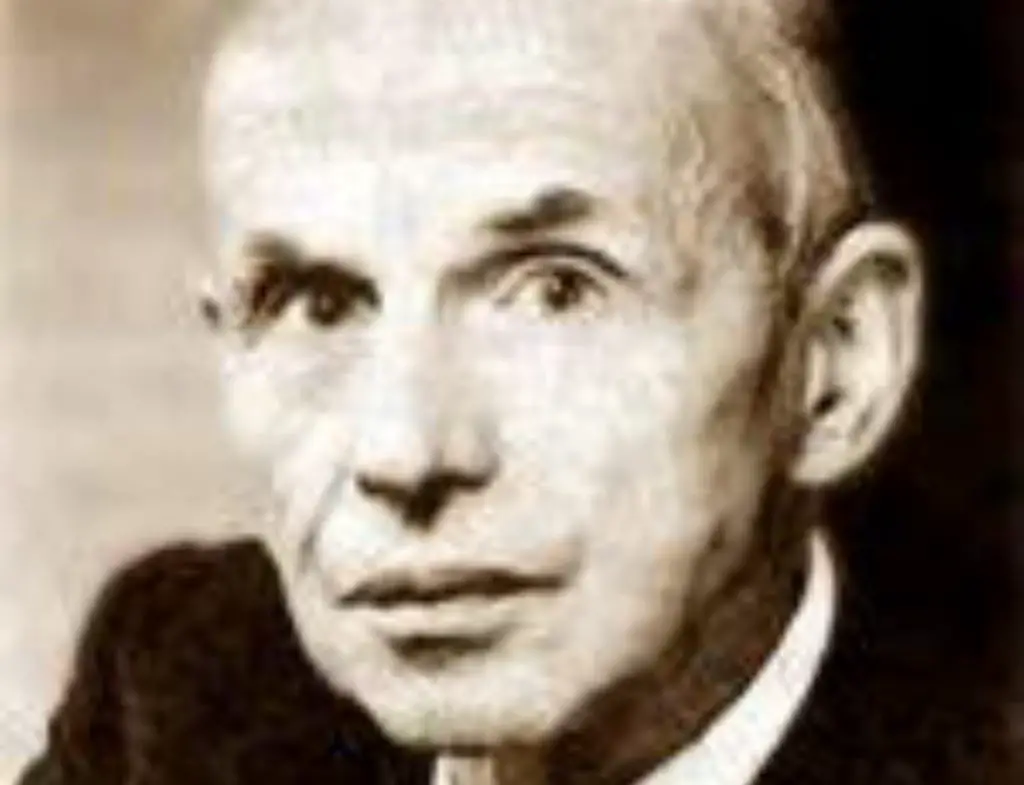
What makes Hans Jenny famous?
Hans Jenny was a Swiss scientist who specialized in the study of soil-forming processes. He looked at what makes soil and how each of those things affects the properties of soil.
Jenny wrote several books on the topic of soil science, including Factors of Soil Formation and The Soil Resource, Origin, and Behavior.
His work as a soil scientist helped develop a better understanding of soil formation. This is essential for agricultural practices and environmental management.
[Source: Wikipedia]
#3. Lorenzo A. Richards (1904-1993): A Pioneer in Soil Physics
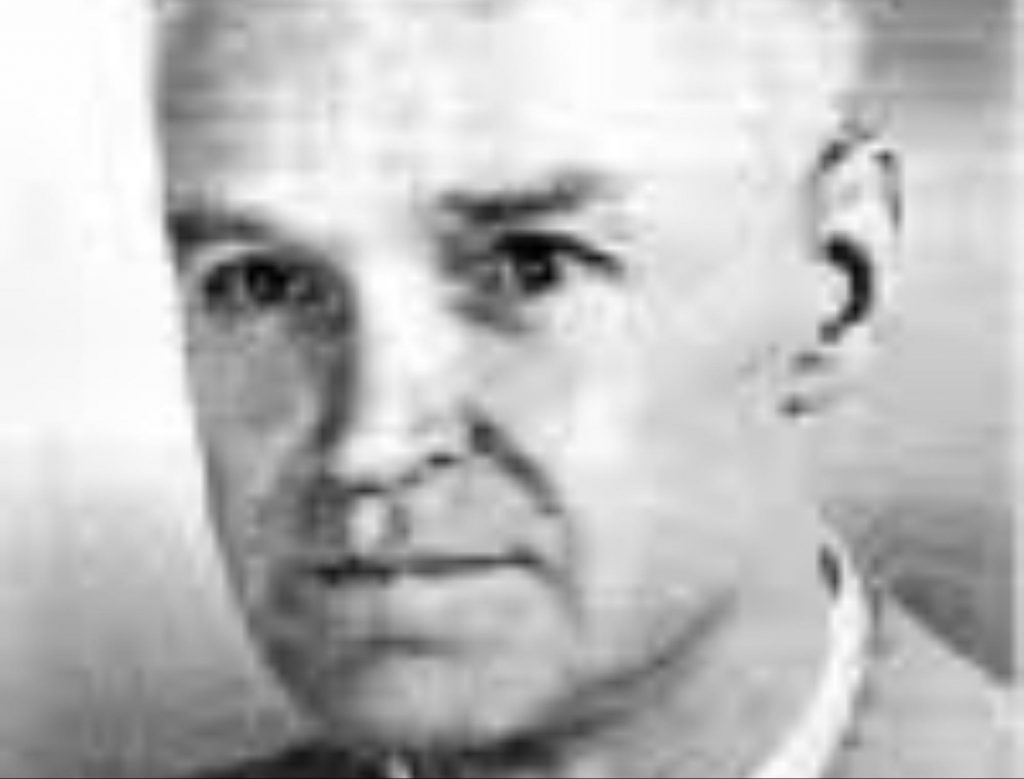
What makes Lorenzo A. Richards famous?
Lorenzo A. Richards was an American soil physicist who made his name in the field of soil science.
He is best known for his work on water movement in the soil. Lorenzo Richards developed what came to be known as the Richard Equation to describe how water moves through a porous medium like soil.
His other groundbreaking soil research was on soil water potential. He was one of the brains behind the tensiometer. This device measures soil water potential.
Richard’s efforts in soil science made him one of the brightest minds in the field.
[Source: Academic Influence]
#2. Vasily Dokuchaev (1846-1903): The Father of Modern Soil Science
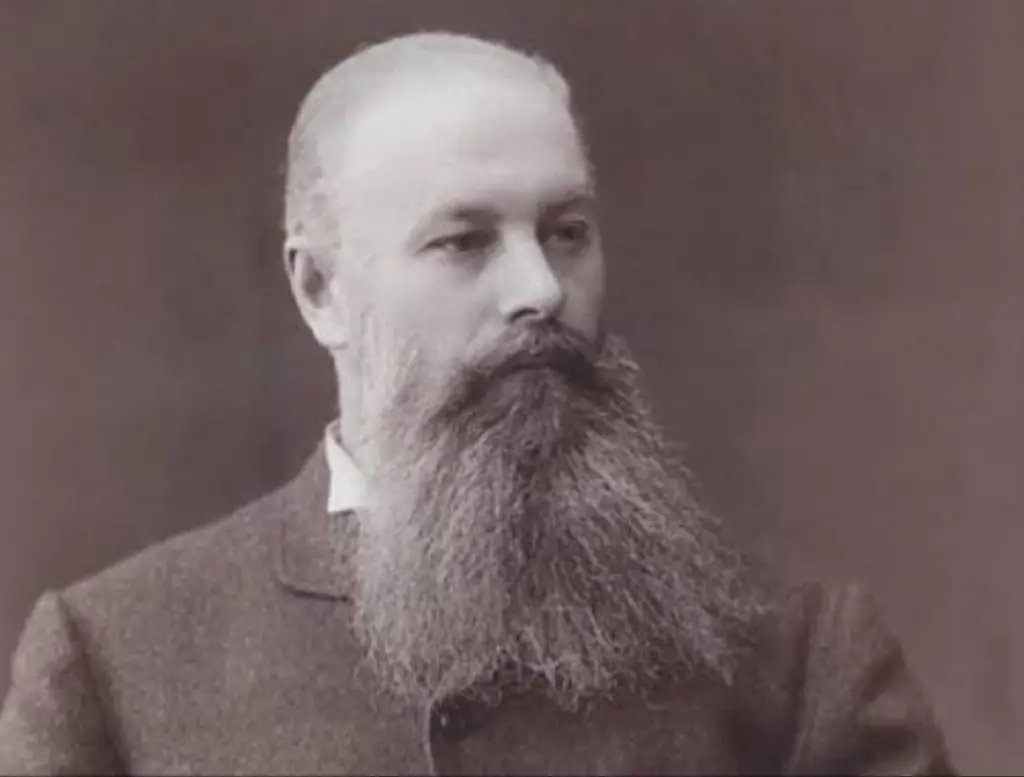
What makes Vasily Dokuchaev famous?
Vasily Dokuchaev was a Russian geographer and geologist best known for pioneering soil science.
When he was born in 1846, there was no such thing as soil science. But that didn’t stop him from becoming one of the most important figures in its development.
Dokuchaev’s research focused on soil science, where he made his name. He invented new methods for studying soil and analyzing their composition.
He also came up with a way to group soil based on their texture, color, amount of water, organic matter, and other factors.
Dokuchaev’s work helped lay the groundwork for modern soil science. This resulted in agricultural and engineering advancements.
In recognition of his contributions to science, a city in Ukraine is named after him—Dokuchaevsk.
[Source: Encyclopedia Britannica]
#1. Justus von Liebig (1803-1873): The Father of Agricultural Chemistry
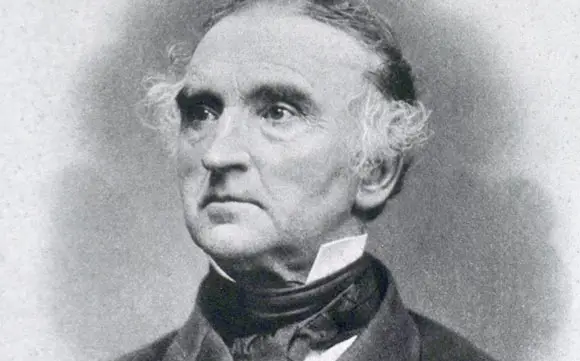
What makes Justus von Liebig famous?
Justus von Liebig was a German chemist and agricultural scientist who made his mark on the world with his contributions to the field of soil chemistry.
He popularized Carl Sprengel’s law of the minimum. The law states that plant growth is limited by the amount of one nutrient that is least available in the soil.
For example, plants need nitrogen, phosphorus, and potassium to grow. The other nutrients will become limiting factors if there is plenty of nitrogen but not enough phosphorus or potassium. This means having a balanced fertilizer regimen for your plants is important for their growth.
Liebig emphasized nitrogen and trace elements for plant nutrition. His work on these things improved farming by letting farmers grow more crops without taking up more land or time.
[Source: Encyclopedia Britannica
What’s the best Justus von Liebig quote?
“The more fodder, the more flesh; the more flesh, the more manure; the more manure, the more grain.”
Final Thoughts
Soil scientists are the unsung heroes of civilization. Without them, we wouldn’t have the many fruits, vegetables, and other foods we love.
These scientists are in charge of creating the conditions that allow these plants to grow and provide us with food. They develop new ways to fertilize the soil so we can grow plants more easily in different parts of the world.
Soil scientists also investigate how climate change is affecting our soil. They study how we can mitigate these effects to grow crops.
We hope you’ve enjoyed this rundown of the famous soil scientists. Regardless of your own academic interests, these people can serve as inspiration for your own work and studies.

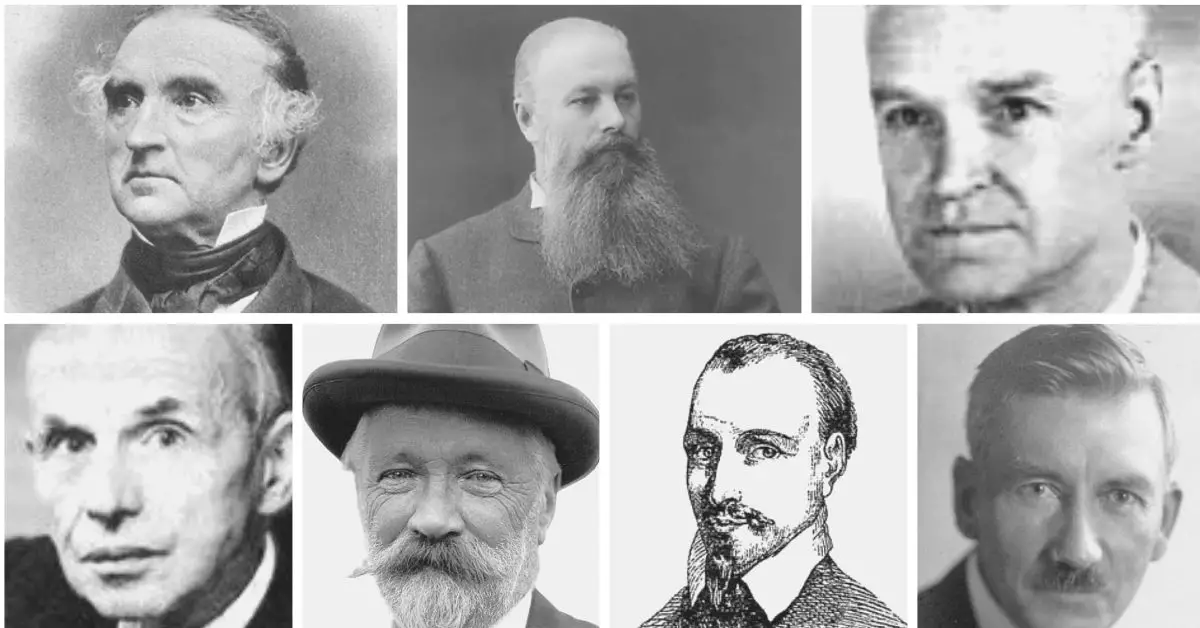

I read all contents with an interest because this brief write-up has to show many aspects covering a wide range of subjects within agricultural / soil science. Many background information as well as historical details of a top scientist are indeed a main source of inspiration.
Thank you for taking the time to read our content and for your positive feedback. We are glad to hear that you found our brief write-up on agricultural/soil science informative and that it covered a wide range of subjects within the field. The background information and historical details of top scientists are indeed a great source of inspiration. We appreciate your kind words and are glad that you found our content interesting.